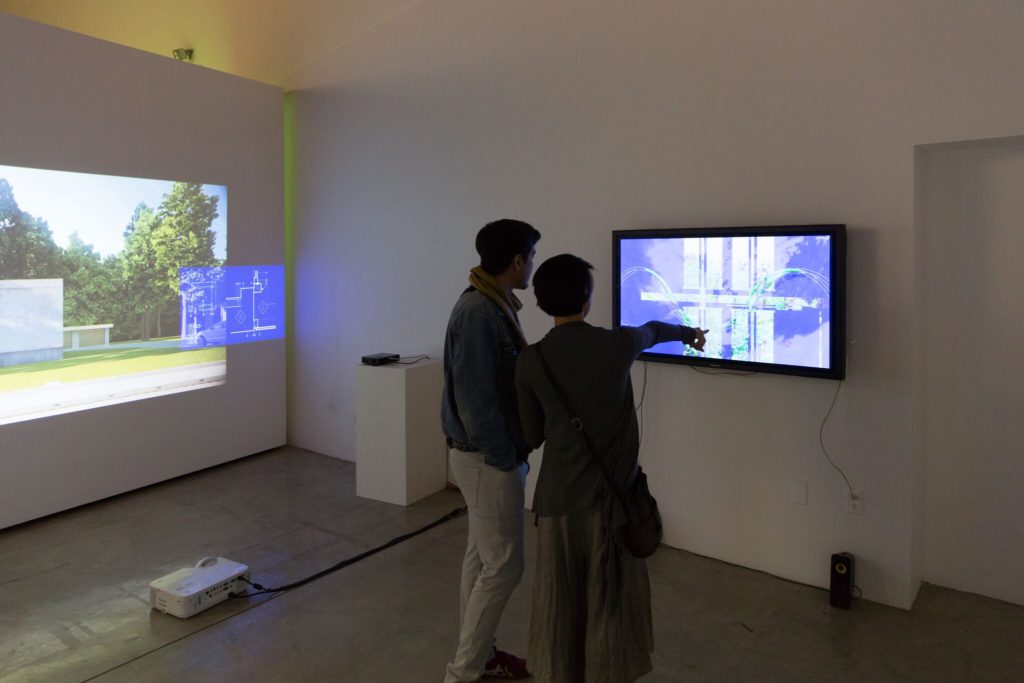Billed as ‘the first NFT house in the world’, the Mars House is a tenuous entry into the architectural cannon. The project by Toronto-based digital artist Krista Kim is one of an increasing number of ‘non-fungible token’ works of art made to be bought, sold and collected online and authenticated via blockchain technology.
A home that will never be lived in, Kim’s NFT offering is a moody visualization rendered by Mateo Sanz Pedemonte using the video game software Unreal Engine. It depicts a structure sitting in an otherworldly landscape of supposedly Martian red mountains. We are given the barest hints at possible enclosure: a rectangle of digital glass impossibly transparent with no depth or reflection. The ghost façade bears the fingerprints of all vitreous abodes that came before – Mies van der Rohe, Philip Johnson, Pierre Koenig, etcetera. A thin, abstracted roof evokes Ed Ruscha’s Burning Gas Station (1965-66). The swimming pool is Hockney blue. The water ripples to a soundtrack composed by Smashing Pumpkins’ Jeff Schroeder.






